- What We Do
- Agriculture and Food Security
- Democracy, Human Rights and Governance
- Economic Growth and Trade
- Education
- Environment and Global Climate Change
- Environmental and Natural Resource Management Framework
- Global Climate Change
- Conserving Biodiversity and Forests
- Sustainable Urbanization for Global Progress and Security
- Securing Land Tenure and Property Rights for Stability and Prosperity
- Sustainable Land Management
- Environmental Procedures Hub
- Knowledge Management for Environment and Natural Resources
- Tropical Forest and Coral Reef Conservation Act
- Environmental Policy Roadmap
- Gender Equality and Women's Empowerment
- Global Health
- Humanitarian Assistance
- Transformation at USAID
- Water and Sanitation
- Working in Crises and Conflict
- U.S. Global Development Lab
Speeches Shim
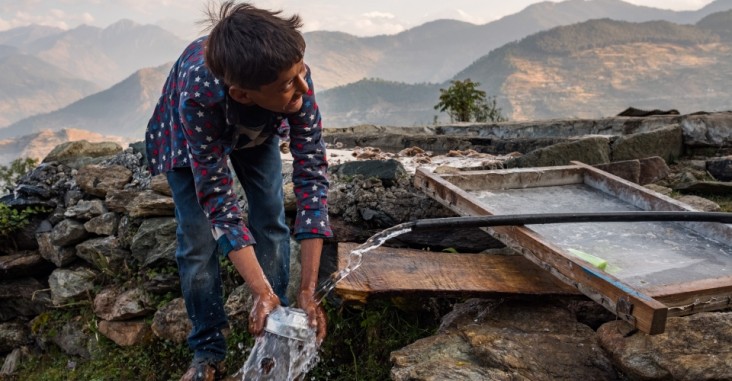
USAID’s biodiversity programming both protects natural resources and priority places and establishes conservation as a foundational component of human well-being. USAID and partners are exploring many critical intersections and entry points for integration between development sectors.
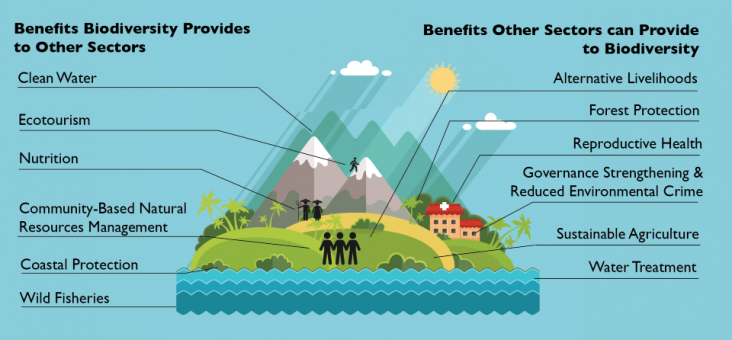
Conservation actions, such as enforcing wildlife laws and partnering with indigenous communities to protect forests, can safeguard nature’s benefits while leading to equitable and sustainable development. Through collaborative approaches, USAID works to diversify livelihoods, end extreme poverty, improve peace and security, empower women, and build resilient societies. USAID’s Environmental and Natural Resource Management Framework, launched in 2019, provides an Agency-wide guide to ensure USAID investments in all sectors bring environmental considerations to the forefront.
Food security
USAID invests in improved management of the natural systems that help the world, especially the most poor and vulnerable, to grow food. Through sustainable agriculture and sustainably-managed wild fisheries, USAID and its partners can improve the resilience of food systems while conserving biodiversity.
The USAID-funded Bluefields fish sanctuary in Jamaica has contributed to a 70 percent decline in illegal fishing and an increase in legal fishing hauls and fish size, resulting in greater food security.
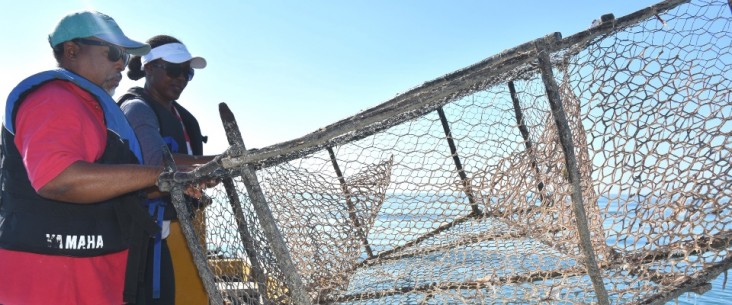
Water and sanitation
Ecosystems like forests, grasslands, and wetlands harvest water, remove contaminants, and store and deliver water for human use. Similarly, water and sanitation programming reduces marine pollution and unsustainable water use.
With the Government of Indonesia, USAID has secured protections for more than 24,000 square kilometers of forest where the country’s freshwater supply originates.
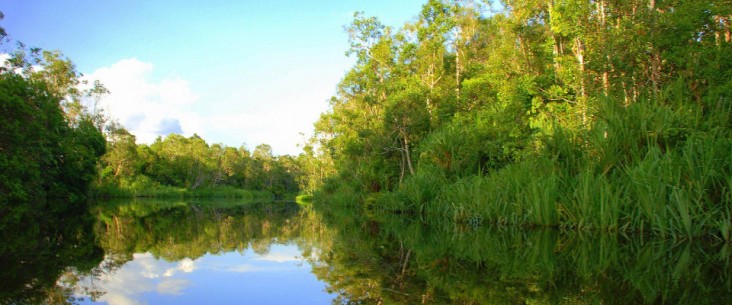
Democracy, human rights, and governance
Both good governance and conservation require equitable community participation in decision making and management. By promoting co-management of resources, investing in judicial systems, and supporting land tenure systems, biodiversity programs often establish entry points for improved governance.
In Colombia, Ecuador, and Peru, a USAID-supported paralegal training program helped 15 indigenous organizations resolve land disputes and secure almost 100,000 hectares of indigenous lands.
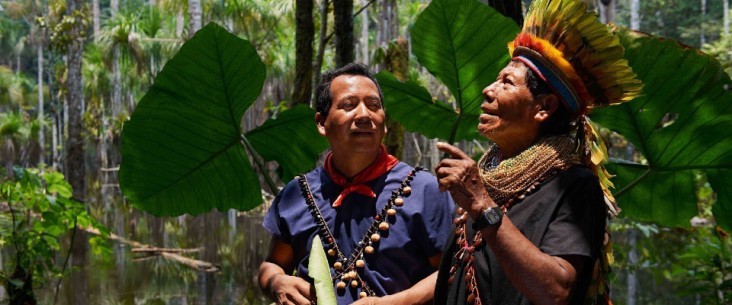
Health
Biodiversity loss increases risks like poor nutrition and disease emergence and transmission, especially in marginalized communities who may be more dependent on nature. Poor health restricts people’s ability to work or attend school, keeping low-income communities overly dependent on limited natural resources; similarly, costs to treat an illness or injury can drive people to log, hunt or fish illegally in order to earn extra income quickly. Accessible and affordable healthcare can reduce pressure on natural resources, while intact and diverse ecosystems promote health and fight disease by providing wild foods and natural medicines, regulating disease carriers (like mosquitoes and ticks), and cleaning the air and water.
In collaboration with the University of Vermont, USAID research found that children living near watersheds with greater tree cover are less likely to experience diarrheal disease—the second leading cause of death for children under the age of five.
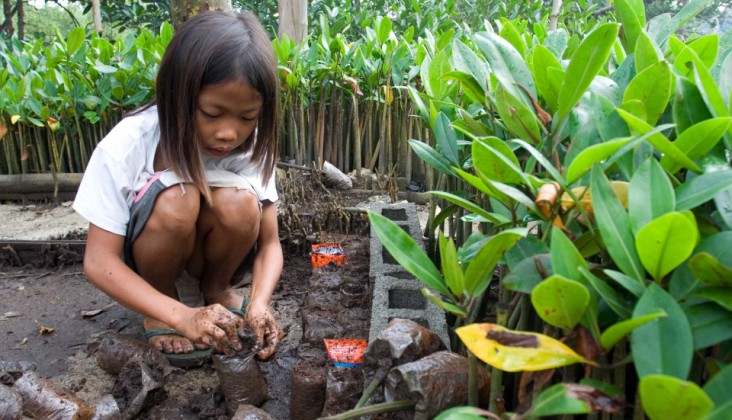

Comment
Make a general inquiry or suggest an improvement.